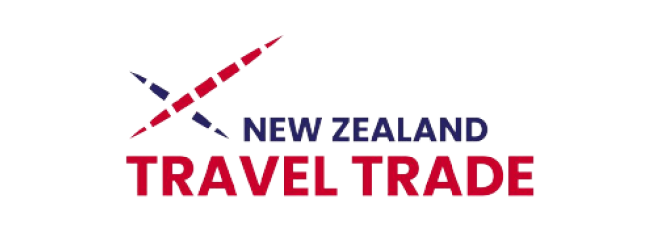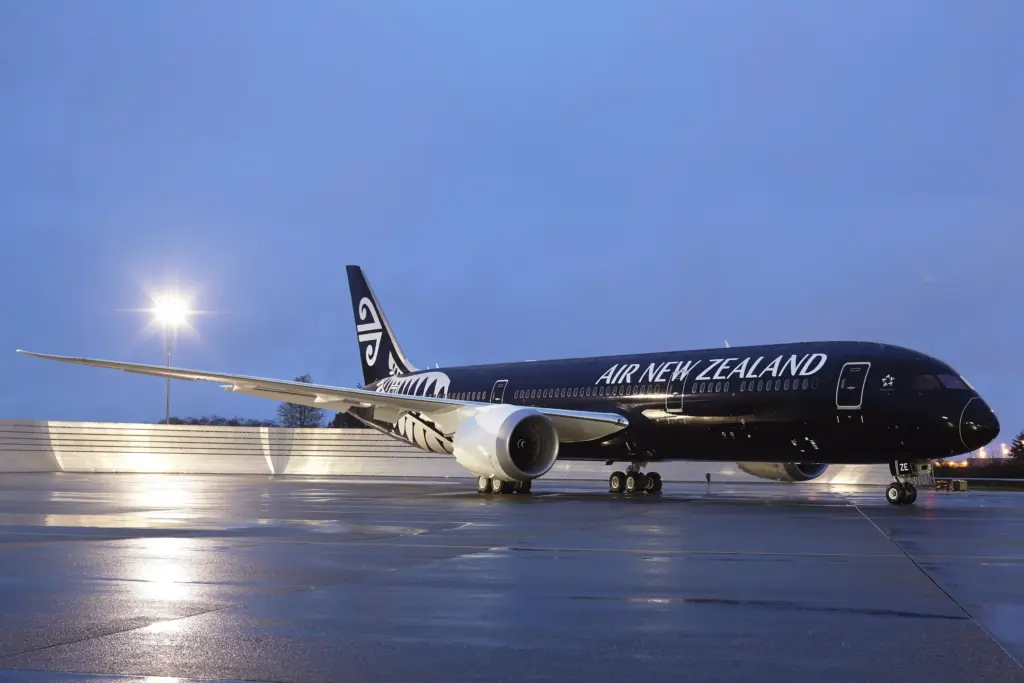Air New Zealand’s FY2025 results reveal an airline battling through one of its most challenging operational periods, with earnings before taxation declining to $189 million from $222 million the previous year. While this figure sits at the upper end of management guidance, it represents the culmination of significant headwinds that have constrained the carrier’s potential by an estimated $165 million.
The engine crisis at the heart of operations
The airline’s primary challenge stems from widespread engine reliability issues affecting both its narrowbody and widebody fleets. Up to six Airbus A320neo aircraft powered by Pratt & Whitney geared turbofan engines and five Boeing 787s with Rolls-Royce Trent 1000 engines have been simultaneously grounded throughout the year. This represents approximately NZ$1 billion in grounded capital at any given time, severely constraining network capacity by four percent. The engine manufacturers have provided $129 million in compensation, but this falls short of covering the full operational impact. Air New Zealand has been forced to secure additional engines and aircraft while optimising schedules to maintain network stability, decisions that came at significant cost but were necessary to preserve customer confidence and market position.
Broader Financial Pressures
Beyond engine constraints, Air New Zealand faced substantial cost inflation of $235 million, representing a six percent year-on-year increase. This was driven by higher landing charges, labour costs, and engineering materials, and system-wide aviation costs rising faster than New Zealand’s Consumer Price Index. The airline expects an additional $85 million in cost pressures for the coming year through increased air navigation fees, passenger levies, and landing charges. Despite these challenges, fuel costs improved by 12 percent or $208 million, providing some relief through lower jet fuel prices and reduced consumption volumes aligned with constrained capacity.
Leadership Transition
CEO Greg Foran’s announced departure in October 2025 marks the end of nearly six years leading the airline through unprecedented challenges, including the COVID-19 pandemic and ongoing operational constraints. The board has appointed Nikhil Ravishankar as his successor, tasked with navigating the airline through continued engine issues and positioning it for recovery. Under Foran’s leadership, the airline implemented the Kia Mau transformation programme, delivering approximately $100 million in benefits through improved ancillary revenue, digital initiatives, and operational enhancements. These efforts helped offset inflation while building foundations for long-term performance improvement. The incoming CEO faces the unique challenge of leading an airline through operational crisis while positioning for digital-era growth. Ravishankar must demonstrate crisis management expertise, maintaining operational discipline while engine issues persist. His digital transformation experience positions him well to accelerate technology-driven efficiency gains, building on the $100 million Kia Mau programme benefits. He must demonstrate stakeholder management skills, particularly with engine manufacturers Rolls-Royce and Pratt & Whitney, while maintaining investor confidence during continued volatility.The new CEO must also position Air New Zealand for post-crisis growth through fleet modernisation, digital innovation, and market expansion.
Competitive Pressures
Air New Zealand’s capacity constraints have created opportunities for competitors to strengthen their market position. Qantas has emerged as a consistent pricing leader, being cheaper than Air New Zealand 94% of the time and averaging 16.7% lower fares across trans-Tasman routes. Qantas is increasing trans-Tasman flights by up to 20% for the 2025/26 summer peak, deploying Boeing 787 Dreamliners on key routes, directly capitalising on Air New Zealand’s reduced capacity. Jetstar has aggressively expanded its trans-Tasman presence, launching new routes from Gold Coast and establishing services between Sydney and Hamilton, targeting Air New Zealand’s traditional strongholds with low-fare competition. The competitive landscape has shifted significantly potentially allowing competitors to establish stronger customer loyalty and market share that may persist beyond the engine crisis resolution.
Joint Venture Strategy and Outlook
Air New Zealand’s alliance portfolio requires strategic recalibration under new leadership. The airline maintains joint venture providing global connectivity. While these partnerships expand market reach and provide revenue diversification, current capacity constraints limit the airline’s ability to fully capitalise on codeshare opportunities. The airline must balance partnership benefits against brand dilution risks, ensuring Air New Zealand maintains its strong Pacific presence while leveraging alliance networks for growth.
Path to Profitability
Air New Zealand’s recovery strategy centres on several key initiatives. Fleet modernisation continues with more than half of the Boeing 787 fleet expected to feature fully retrofitted, premium-focused interiors by 2026. The delivery of two new Boeing 787s with GE engines represents a strategic shift away from Rolls-Royce powerplants, potentially reducing future maintenance vulnerabilities. The airline is also expanding capacity through additional A321neo and ATR aircraft, supporting growth within New Zealand, across the Tasman, and to North America. Infrastructure investments include a new engineering hangar scheduled to open later in 2025 and expansion of the Christchurch Engine Centre.
With a strong balance sheet, Air New Zealand appears well-positioned for recovery once engine reliability improves and economic conditions stabilise. However, the first half of FY2026 is expected to remain challenging, with earnings potentially declining further before the recovery trajectory takes hold.


